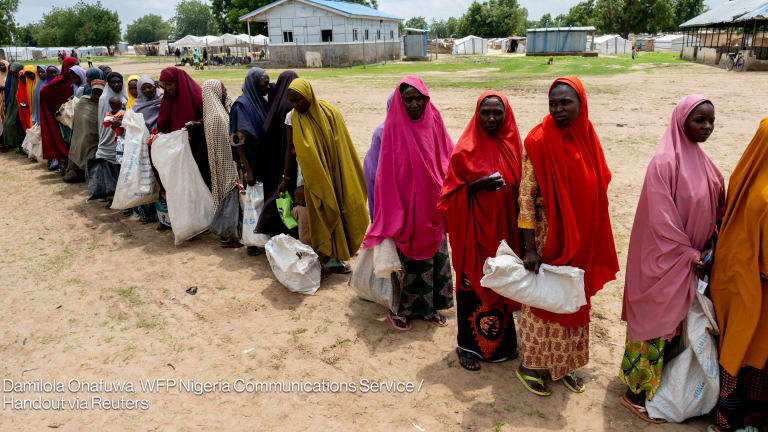For years the aid system has been designed around the presumption that humanitarians meet priority lifesaving needs, and then step aside for development institutions to move in. In reality, in most emergencies, the response is simply not that episodic — it is often a blend, or needs to be a blend of humanitarian agencies meeting critical needs, while the recovery and development phase gets underway.
Often conditions remain critical for years on end, meaning the most vulnerable people risk not recovering from shock or becoming self-sufficient and more resilient to future shocks. The facts tell the story: humanitarian appeals are launched every year on average, for seven successive years. In the Democratic Republic of the Congo, Somalia and Sudan, annual appeals have been launched for 16 years in succession.
But following years of discussion and analysis there is clear evidence of a transformational shift. Leaders are recognizing the need to put resilience and recovery at the center of assistance. This is evidenced by governments’ adoption of social safety net programs; by institutions embracing cash assistance to boost self-reliance; and by stronger inter-sector collaboration in response, to name but three examples.
Read more #ResilienceInAction stories:
► What will the World Humanitarian Summit offer #globaldev?
► Measuring resilience to shift climate investment away from recovery
► Tips for private sector: Getting the most out of partnerships
► A coalition for greater impact: 1 billion people on the path to resilience
► Meaning in action: IFRC's One Billion Coalition for Resilience








